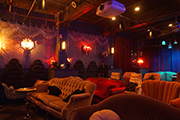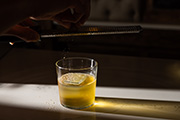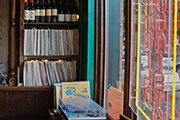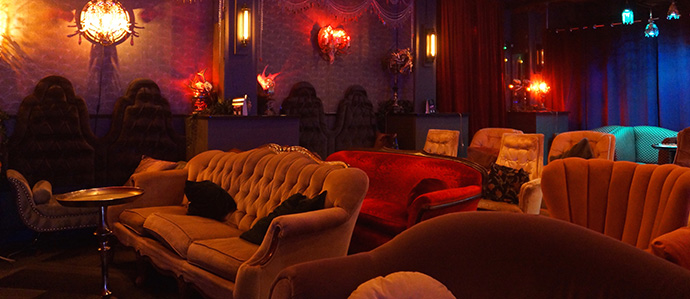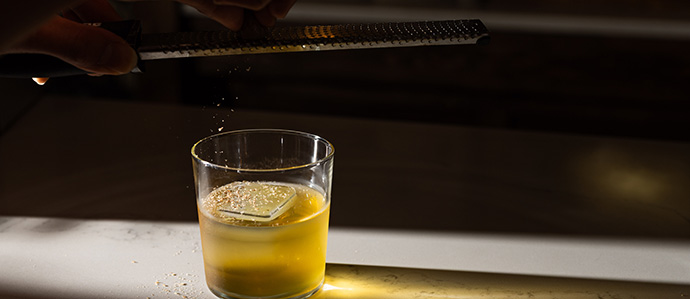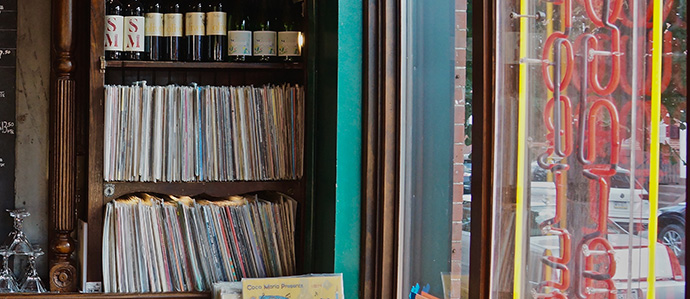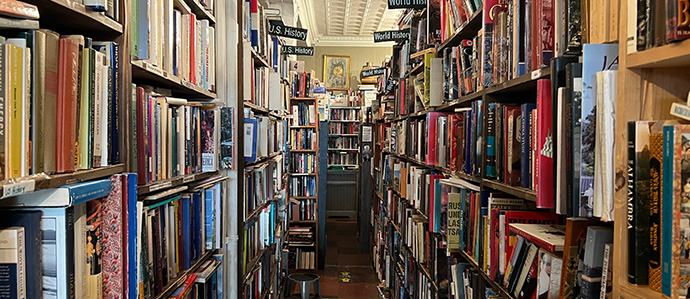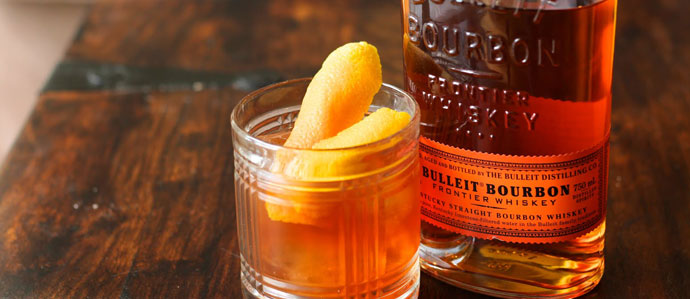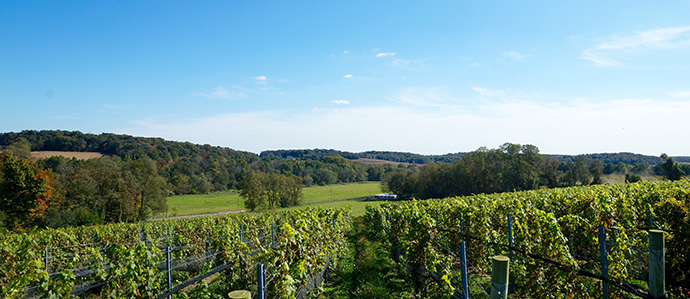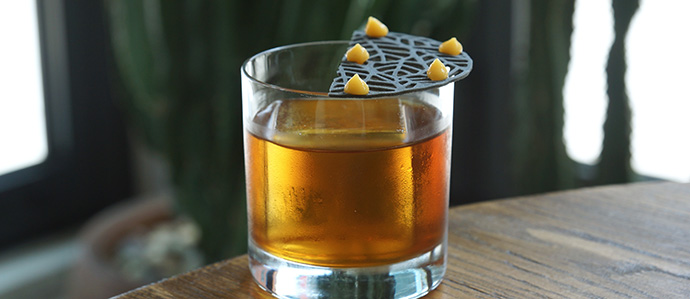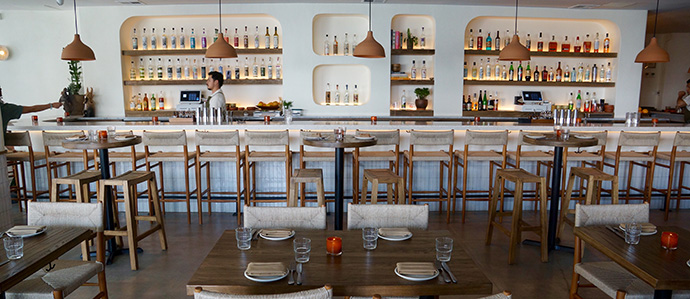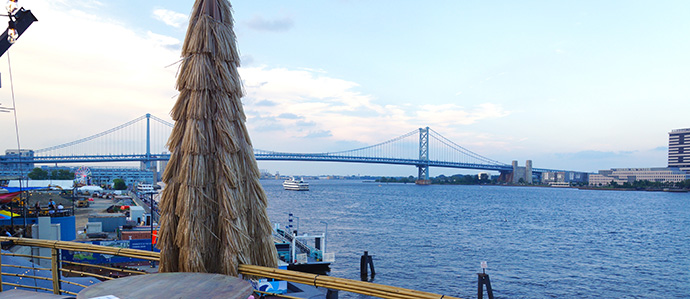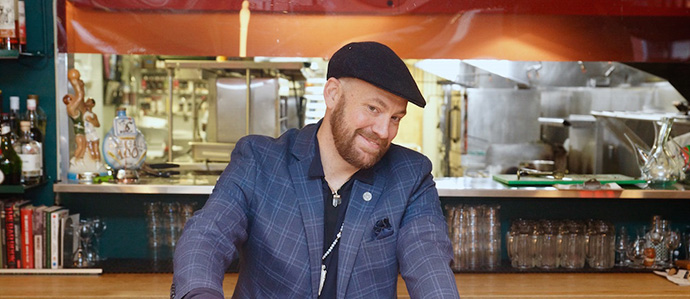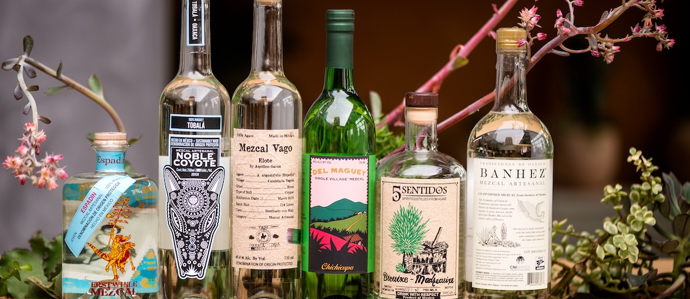The Clover Club: Philly's Original Cocktail
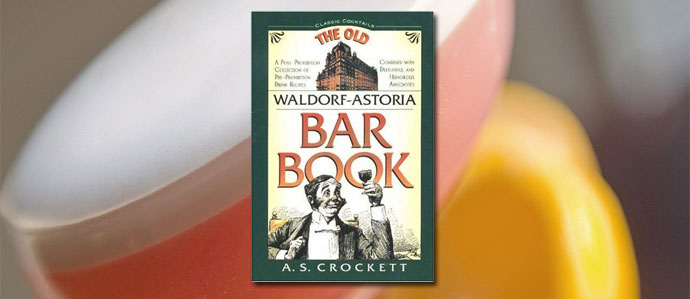
Arguably the signature drink of Philadelphia, the Clover Club cocktail has roots in the pre-prohibition era social club of the same name. Started in the Bellevue-Stratford Hotel in the late 1880s, the Clover Club was a bawdy group of lawyers, bankers and various other captains of industry who, according to the Old Waldorf-Astoria Bar Book, “…often dined and wined, and wined again.” While it’s unknown when the notorious tipple made its debut or who exactly invented it, the Clover Club first began to appear outside of Philly around 1910 in famous hotels such as the Waldorf-Astoria and the Plaza in New York City. William Butler Yeats was said to be so entranced with the drink that he drank three in a row on a visit to the Big Apple.
This slightly sweet, mostly sour cocktail gained popularity for a time before the First World War, only to fall swiftly and ungraciously out of fashion after Prohibition ended. In 1934, Esquire magazine called it a drink for “pansies” and listed it as one of the worst beverages of the previous decade. From then on it was relegated, rather unfairly, to the frilly and sugary “drinks for the ladies” sections of bartending books, until it was recently rediscovered with the revival of the classic cocktail.
To make your own, try this formula from the Old Waldorf-Astoria Bar Book, commonly cited as one of the original Clover Club recipes:
2 oz dry gin (Plymouth or London Dry, preferably)
½ oz fresh lemon juice (half a lemon)
2 tsp raspberry syrup (recipe here)
¾ tsp superfine sugar
1 egg white
Add ingredients to shaker and shake vigorously without ice for one full minute to emulsify the egg. Add two ice cubes and shake again for 30 seconds to chill the drink, then pour it slowly into a coupe glass, remembering that the best part of the egg white will come at the end. Pro-tip: if you have a few extra minutes, it pays to whip the egg white in a small bowl for a few minutes before you add it to the shaker. This will make the drink even more meringue-y and fluffy.
As with many older recipes, however, there are several variations that can subtly change the taste. Harry MacElhone, head bartender of the Plaza Hotel in the 1910s, suggested swapping lemon juice for lime. Additionally, MacElhone added two teaspoons of both sweet (red) and dry (white) vermouth to the cocktail for a more complex flavor (use only 1½-oz. gin if adding the vermouth). Add ½-oz. Applejack to that variation and you have the Clover Club’s cousin, the Pink Lady. Float a sprig of mint in the drink and you have the Clover Leaf cocktail.
However you choose to enjoy it, show your Philadelphia pride by shaking up a few Clover Clubs at your next party for a fun and easy way to impress your guests.
Photo by Jen Killius






